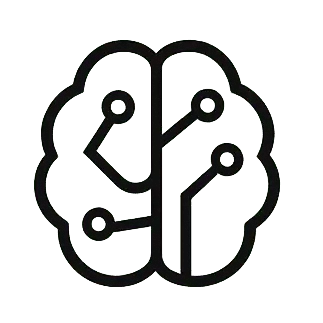TLDR: India and the United States are significantly enhancing their collaboration across critical and emerging technologies (iCET), focusing on AI governance, defense initiatives, and economic partnerships. A recent high-level roundtable in New York underscored a shift from shared intent to tangible outcomes, aiming to double bilateral trade to $500 billion by 2030 through innovation, investment, and talent exchange. Key discussions included co-developing AI governance frameworks, strengthening defense ties, and fostering talent mobility.
India and the United States are actively forging a stronger strategic alliance, marked by intensified cooperation in critical and emerging technologies (iCET), artificial intelligence (AI) governance, and defense initiatives. This deepening partnership is designed to foster a shared future of innovation, economic growth, and global leadership.
A pivotal high-level roundtable, titled “From Traction to Transaction: Bridging the Gap – Co-creating the Next Era of Innovation, Investment & Global Leadership,” was recently hosted by the Consulate General of India in New York. This event, held in collaboration with Primus Partners and Meridian International Center, convened senior policymakers, industry leaders, and academic experts from both nations to advance the next phase of bilateral cooperation in emerging technologies, investment, and talent exchange.
The discussions at the roundtable signaled a decisive shift in the India-U.S. partnership, moving beyond shared intent to focus on tangible outcomes. Key areas of focus included innovation, defense collaboration, responsible AI development, and cross-border investment.
Representatives from both countries emphasized a shared vision for advancing “Mission 500,” an ambitious goal to double bilateral trade to $500 billion by 2030. The session explored how deeper integration in sectors such as clean energy, digital infrastructure, manufacturing, and defense could reshape global supply chains and unlock new investment pathways.
Education and talent mobility were highlighted as crucial pillars for long-term cooperation. Leaders underscored the importance of creating a robust India-U.S. knowledge corridor through enhanced student exchange programs, academic partnerships, and skill development initiatives. These efforts are designed to strengthen the global innovation workforce.
A significant aspect of the collaboration is on the frontier of AI governance. Participants discussed how the two democracies could co-develop frameworks that align ethics, data sovereignty, and technology standards. This initiative positions India and the U.S. as key partners in building a transparent and secure digital future.
Also Read:
- India Spearheads Global Framework for Ethical and Human-Centric AI, PM Modi Announces Major Initiatives at ESTIC 2025
- Piyush Goyal Highlights Trade, Domestic Capital, and AI’s Role at ET Startup Awards 2025
Building on existing frameworks, the U.S.–India Taskforce on AI, launched in early 2025, aims to advance AI innovation and adoption. This includes the U.S.–India TRUST initiative, which focuses on developing a roadmap for accelerating AI infrastructure. Short-term objectives of this taskforce include upskilling the AI workforce, supporting AI startups in both countries, facilitating bilateral data-sharing (particularly in the health and fintech sectors), and promoting AI best practices, voluntary standards, and implementation tools for trusted cross-border AI adoption. Longer-term goals envision enhanced collaboration on responsible AI for defense, industrial automation with AI, AI connectivity for securing 5G and accelerating 6G R&D, and energy solutions to enable AI transformation.


